Spacer Couplings
Typically, a spacer coupling is used to connect two shafts with fully supported ends. The spacer creates a clearance between the shaft ends that provides ease of installation and maintenance. Spacer couplings are made from alloy steel or stainless steel. These spacer type couplings are designed to accommodate angular, axial and parallel misalignments.
- Compact and rugged.
- Low inertia.
- High torsional stiffness.
- Wear-free, long-lasting and reliable.
- Flexibility of hub connection on the shaft.
- Customizable in tension for specific DBSEs.
- Lengths up to 3 m without the use of intermediate supports.
Spacer Couplings
The Spacer Couplings are working to extend the distance of a shaft. Designed in conjunction with the Tyre Coupling specifications, it is working in combination with other couplings.
As the Spacer Type Coupling: Taper Locked, a large range of shaft sizes can easily accommodate.
Spacer Coupling Specifications
Applications of Spacer Couplings
- Bevel gear transmission systems articulated.
- Connection of actuators in photovoltaic systems.
- Connecting jacks in handling systems.
- Connecting typically of transmission shafts away from each other.
Spacer Type Flexible Coupling Features
Generally, couplings are working for industrial machinery. They are used to accommodate displacement between the center lines of rotating shafts. They protect rotating shaft components from wear and can also be used to damp vibration.
Couplings come in various designs, and most manufacturers offer special features. These include a bushing style, splined style and adjustable line shaft couplings. All of these can work in combination with different hub styles.
The LS spacer coupling design is a simple, inexpensive arrangement that is suitable for general industrial applications. This design is also ideal for low-speed applications. It can handle ratings up to 24 000 kW per 1000 rev/min.
There are a number of different types of spacer couplings, and they can be used to accommodate shaft separations of up to 3,048 mm. Generally, the length of the spacer is variable, but can be cut to length if needed. The hub can be a single or two piece design. The hub includes sheaves and belts.
Flexible couplings are also used in a variety of applications, and can accommodate varying degrees of misalignment up to 1.5 deg. The main advantages of these couplings are their durability and low maintenance requirements.
Spacer Coupling Alignment
Unlike a close coupled shaft, the spacer coupling has a larger distance between the flex planes. This allows for a wider misalignment capacity. It is important to consider this when selecting a coupling.
The most important criterion to distinguish between types of couplings is the relation between the diameter of the flex planes and the distance between them. The distance between the two flex planes can be as little as 3 mm. This is enough to achieve practical misalignment capacity.
For the close coupled alignment quality, a traditional tolerance value is a number of milliradians or mils at the center of the coupling. A maximum angle of 1.0 mils/inch is generally the maximum allowable angle. This value is not necessarily the best representation of the tolerance.
Using a modern laser shaft alignment system, an angle is describing as a gap difference at any diameter. This is typically not achievable by traditional close coupled tolerances.
For spacer shafts, tolerances are typically more forgiving. In addition, this tolerance is often displaying as an angle (driver to driven) or an offset. For a spacer of 100 inches, the angle/offset display shows an excellent alignment.
Spacer couplings are working for a wide range of industrial applications. They are particularly useful for pumps and other medium speed machinery. And they offer better access for maintenance and corrections. They are also more forgiving of misalignment than close coupled shafts. Using these tolerances will make the alignment process quicker and more effective.

Packing Shipping Delivery
  |
 |
|
 |
 |
|
How to choose power transmissions parts and industrial products which meet our requirement
| Chains | Sprockets | Pulleys | Timing belt Pulley | V-belt Pulley |
| Sheaves | Coupings | Bush &Hub | Gear& Rack | V-Belt |
| Locking Assembly | Pulley | Gearbox | Reducer | Shaft Collar |
| Rod End Bearing | Clevis | PTO | Chain Guide | Belt Guide |
| Rubber Buffer | Chain Tensioner | PTO Drive Shafts | Universal Joints | Roller Chains |
| Conveyor Chains | V-Belts | Worm Gearbox | Helical Gear | Worm |
| Agricultural Chain | CNC Proces Parts | Casting | Stamping | |
| Powder Metallurgy | CNC Proces Parts | Casting | Stamping |
What Products Do you sell ?
We are a group of factories, give customer one stop solution of power transmission and industrial products. We are in the position to supply wide range of products, including chains, sprockets, v-belt and v-belt pulleys, timing belt and timing belt pulleys, gears, speed reducers, motors, racks, couplings, and many other parts, like locking assembly, taper bushing, Chain guide, shaft collar, torque limiter, cam clutch, universal joint, motor base and motor slide, rod end, clevis, rubber mount, etc. We make special parts according to drawings and/or samples.
How to choose a gearbox which meets our requirement?
You can refer to our catalogue to choose the gearbox or we can help to choose when you provide
the technical information of required output torque, output speed and motor parameter etc.
What information shall we give before placing a purchase order?
a) Type of the gearbox, ratio, input and output type, input flange, mounting position, and motor informationetc.
b) Housing color.
c) Purchase quantity.
d) Other special requirements.
What industries are your gearboxes being used?
Our gearboxes are widely used in the areas of textile, food processing, beverage, chemical industry,
escalator,automatic storage equipment, metallurgy, tabacco, environmental protection, logistics and etc.
What is the producing process?
Production process including raw material cutting, machine processing, grinding, accessories cleaning, assemble, cleaning, stoving, oil coating, cover pressing, testing, package.
How to control the products quality?
Combining advanced equipment and strict management, we provide high standard and quality bearings for our customers all over the world.
What is the transportation?
-If small quantity , we Suggest to send by express, such as DHL,UPS, TNT FEDEX. If large amount, by air or sea shipping.
Can we design packaging?
-Yes. Default is regular packing, and we can make customer's own packing.
Can you provide OEM service?
-Yes, we work on OEM orders. Which means size, quantity, design, packing solution, etc will depend on your requests; and your logo will be customized on our products.
Can you give me discount on Power Transmissions Parts and Industrial parts?
-Yes, of course. Pls. send me your Email, you'll get more
Q: Are You a trading company or a manufacturer?
A: We Are the factory and have our Own trading company
Q: How Can I get an offer?
A: please send US quotation information: drawings, materials, weight, quantity and requirements, we can accept PDF, ISGS, DWG, STEP file format. If you don't have the drawings, please send us the samples, we can also quote you according to your samples.
Q: What is your minimum order size?
A: it is usually 100 pieces, but a low quantity is acceptable under some special circumstances.
Q: Do you provide samples? Is it free or extra?
A: Yes, we can provide samples free of charge, but we don't pay the freight.
Q: What is the lead time for mass production?
A: honestly, it depends on the number of orders. Normally, if you don't need the tools, deposit them after 30 days or so.
Q: What if the parts don't Work?
A: we can guarantee the quality, but if it happens, please contact us immediately, take some photos, we will check the problem and solve it as soon as possible.
Q: What are your terms of payment?
A: payment is less than US $1000,100% in advance. Payment: $1000,50% wire transfer in advance, balance before shipment,Other Terms of payment are negotiable

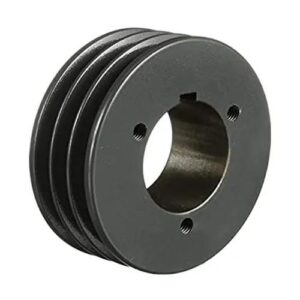
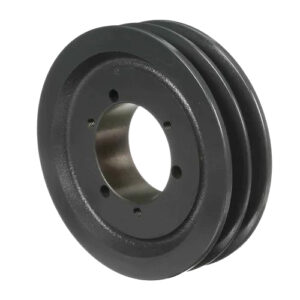

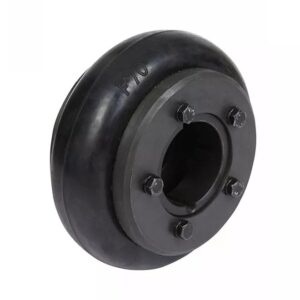
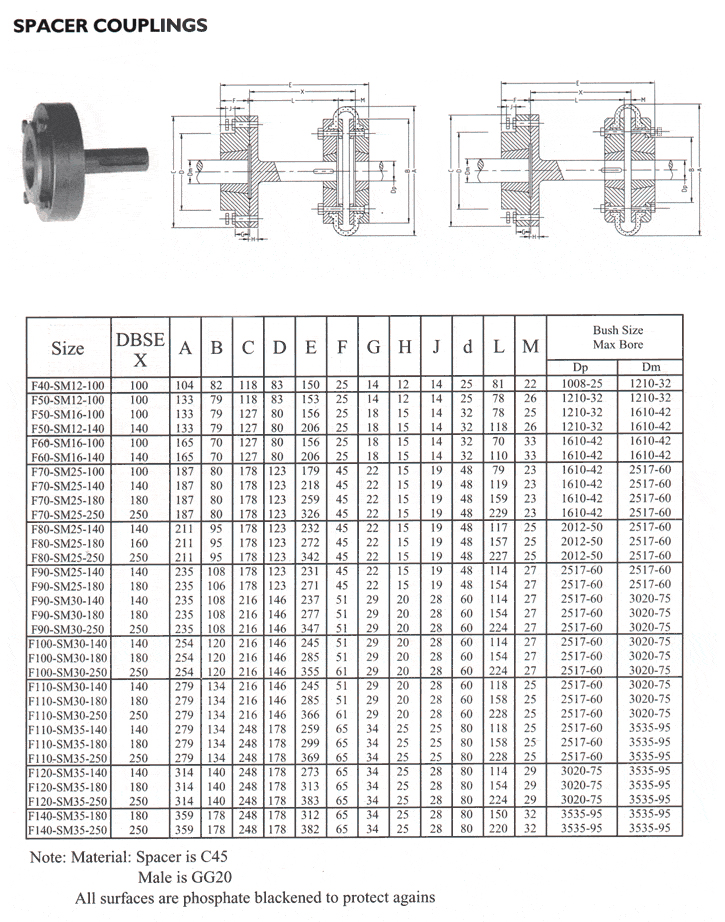
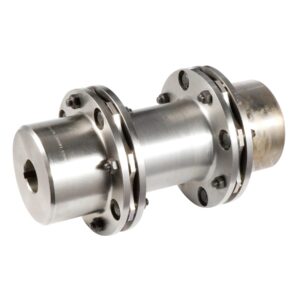
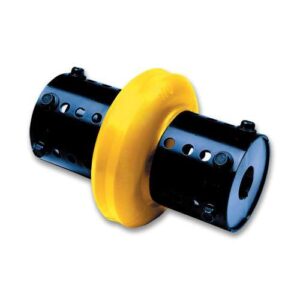
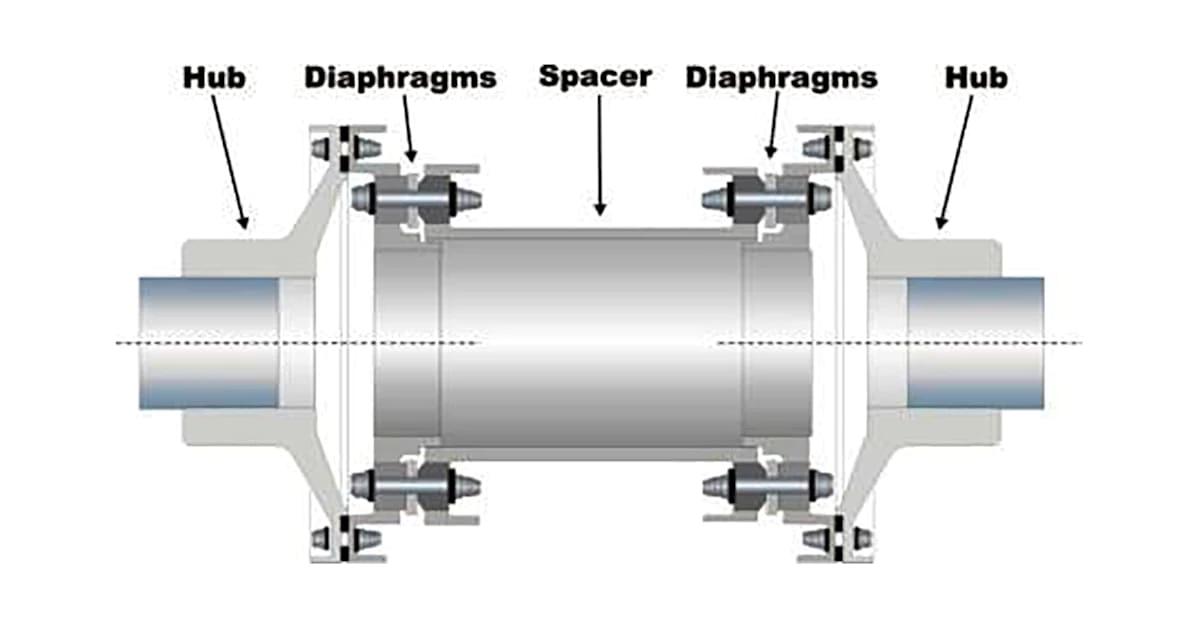
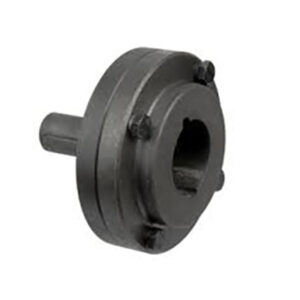
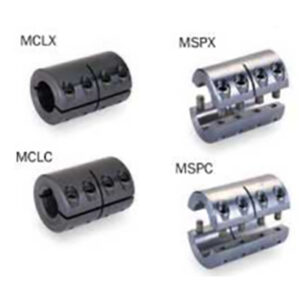
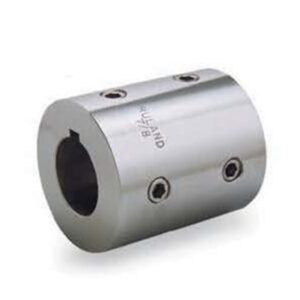
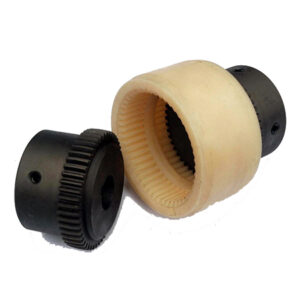
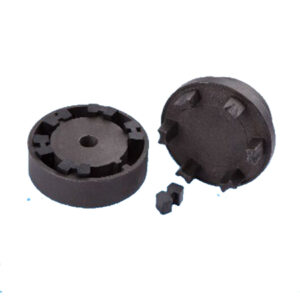
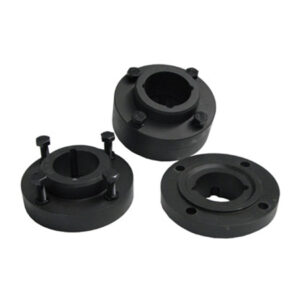
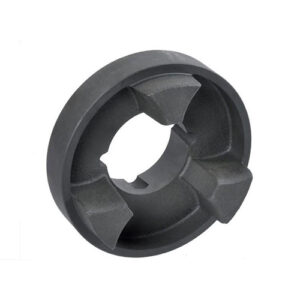
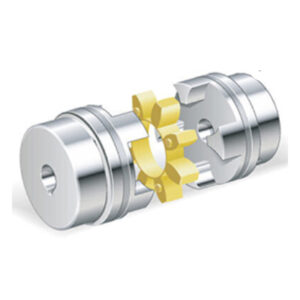
Reviews
There are no reviews yet.